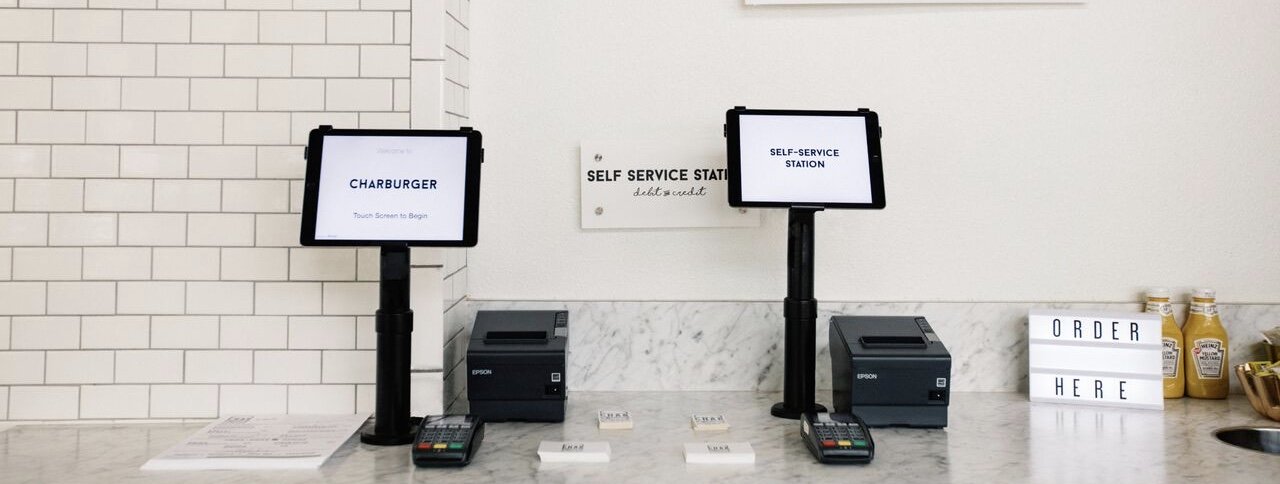Call Sales: +1 (833) 437-3835
Call Sales: +1 (833) 437-3835

Market Force’s large-scale survey polled around 11,500 consumers about their dining habits and restaurant technology usage at quick service establishments. The main takeaway is that technology is being used more and more to drive orders.
So, how are customers placing orders?
The three main technologies driving payments are smartphone apps (leading the pack), self-service kiosks, and tablets at the table. In this article, we take a look at the rise in popularity for kiosks.
According to Market Force, there was a 9% year over year increase in guests’ usage of self-service kiosks. Measured over a period of 90 days, 19% of surveyed consumers used a self-service kiosk in 2017. Fast forward to today, 28% of consumers have used a kiosk in 2018.
And consumers are looking to use this technology; 60% said they would visit a limited-service concept more often if kiosks were available. Perse Faily, CEO of Tillster found that in a survey of QSR and Fast Casual diners, “Customers of all ages are now looking for digital interactions in restaurants, especially ones that provide them with a faster and easier dining experience.”
Kiosks are entering the market at an impressive rate. With fast food giants deploying fleets of kiosks at their locations, and even some businesses are now designed to be kiosk only – the industry is clearly moving towards a digital customer experience. The CEO of McDonalds stated that the move towards digitizing the order process signals a “commitment to putting customers at the heart of everything we do.” And others like Subway, Taco Bell, Wendy’s, and Shake Shack are joining in on the digital revolution.
Long lines, while a nice PR play, can have a negative impact on your bottom line. Lines thwart customer throughput, and some customers may be dissuaded enough to leave before they reach the point of purchase. Self-Service Kiosks drive throughput and speed up the transaction time by giving guests multiple avenues to purchase. How fast? Katherine Heany, Owner of Fresno burger joint, CHARBurger, found that “The Self-Service Kiosk is like having three extra employees. During busy lunch rushes, it speeds up processing time by about 40%.”
 While speed of service is most commonly associated with self-service kiosks, other benefits like customer relationship management, order accuracy, and personalized ordering are can’t go ignored.
While speed of service is most commonly associated with self-service kiosks, other benefits like customer relationship management, order accuracy, and personalized ordering are can’t go ignored.
For example, self-service kiosks present item and modifier options clearly, enabling customers to easily make their choices and review orders for accuracy. Once the order is submitted, it goes directly to the kitchen printer or KDS, eliminating the game of telephone between employees and reducing the likelihood of errors and therefore food waste.
People are more willing and capable of interacting with self-service kiosks than ever before. With a feature-rich Self-Service Kiosk, you can introduce a new stream of revenue and integrate your CRM and loyalty programs seamlessly into your kiosk. Customers can earn rewards, quickly view their order history, and easily reorder their favorites.
Click here to learn how to drive revenue and loyalty with a Revel Systems Self-Service Kiosk.